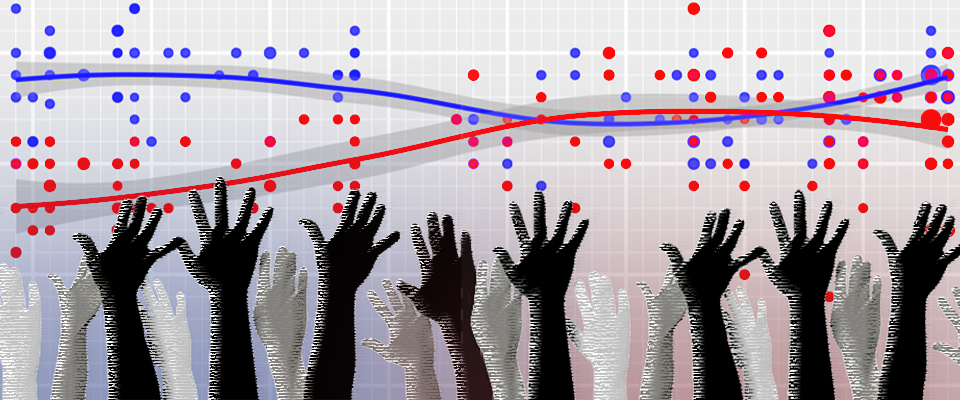shockedcanadian
Diamond Member
- Aug 6, 2012
- 34,480
- 32,007
- 2,905
Per a longitudinal study.
Never give in. Never, never, never!

 alumni.berkeley.edu
alumni.berkeley.edu
“He got some flack for his forecasts that Hillary would win with 70 percent probability,” says Moore. “Should we be outraged that an outcome occurred, Trump winning the election, that Silver only gave a 30 percent probability? No, things with 30 percent probability happen all the time. If you think there’s a 30 percent chance of rain tomorrow, there’s a good chance you’re gonna bring your umbrella.”
“It’s really important to remember that these polls are not forecasting who’s going to win,” says Don Moore. “They are an estimate of likely vote share.”
A professor at the Haas School of Business, Moore studies confidence and the degree to which statistical confidence judgements are well-calibrated. “What we find systematically is that people’s confidence intervals are too narrow,” says Moore. “That is, when I ask for a 90 percent confidence interval, they give me a range,” like plus or minus three percent, for example. “How often does the truth fall inside that range? Substantially less than 90 percent. Often down around 50 percent of the time.”
When his undergraduate apprentice, recent grad Aditya Kotak, noted that most political pollsters report 95 percent confidence levels, Moore decided to investigate whether they suffer from the same overconfidence.
By analyzing data from over 1,400 polls from 11 election cycles, Moore and Kotak found that only 60 percent of polls conducted the week before an election include the actual outcome.
Never give in. Never, never, never!

Election Polls Are Only 60 Percent Accurate, Which Is 0 Percent Surprising. - Cal Alumni Association
For many Americans, Donald Trump’s 2016 victory came as a shock, especially considering how much he’d trailed Hillary Clinton in the polls. Even FiveThirtyEight founder and famed pollster Nate Silver got it wrong. But UC Berkeley business professor Don Moore thinks we should cut Silver some slack.
“He got some flack for his forecasts that Hillary would win with 70 percent probability,” says Moore. “Should we be outraged that an outcome occurred, Trump winning the election, that Silver only gave a 30 percent probability? No, things with 30 percent probability happen all the time. If you think there’s a 30 percent chance of rain tomorrow, there’s a good chance you’re gonna bring your umbrella.”
“It’s really important to remember that these polls are not forecasting who’s going to win,” says Don Moore. “They are an estimate of likely vote share.”
A professor at the Haas School of Business, Moore studies confidence and the degree to which statistical confidence judgements are well-calibrated. “What we find systematically is that people’s confidence intervals are too narrow,” says Moore. “That is, when I ask for a 90 percent confidence interval, they give me a range,” like plus or minus three percent, for example. “How often does the truth fall inside that range? Substantially less than 90 percent. Often down around 50 percent of the time.”
When his undergraduate apprentice, recent grad Aditya Kotak, noted that most political pollsters report 95 percent confidence levels, Moore decided to investigate whether they suffer from the same overconfidence.
By analyzing data from over 1,400 polls from 11 election cycles, Moore and Kotak found that only 60 percent of polls conducted the week before an election include the actual outcome.
